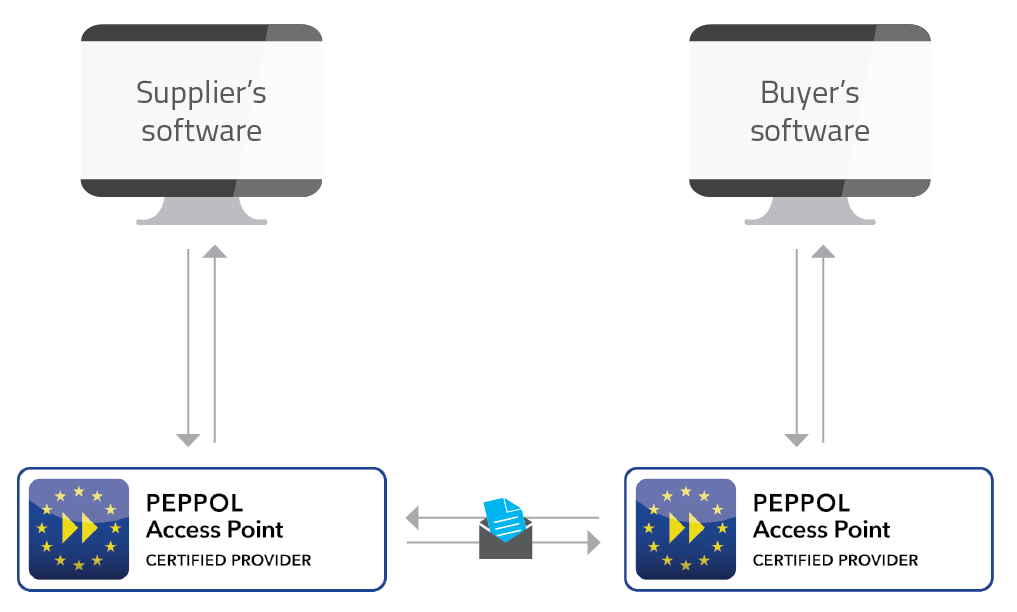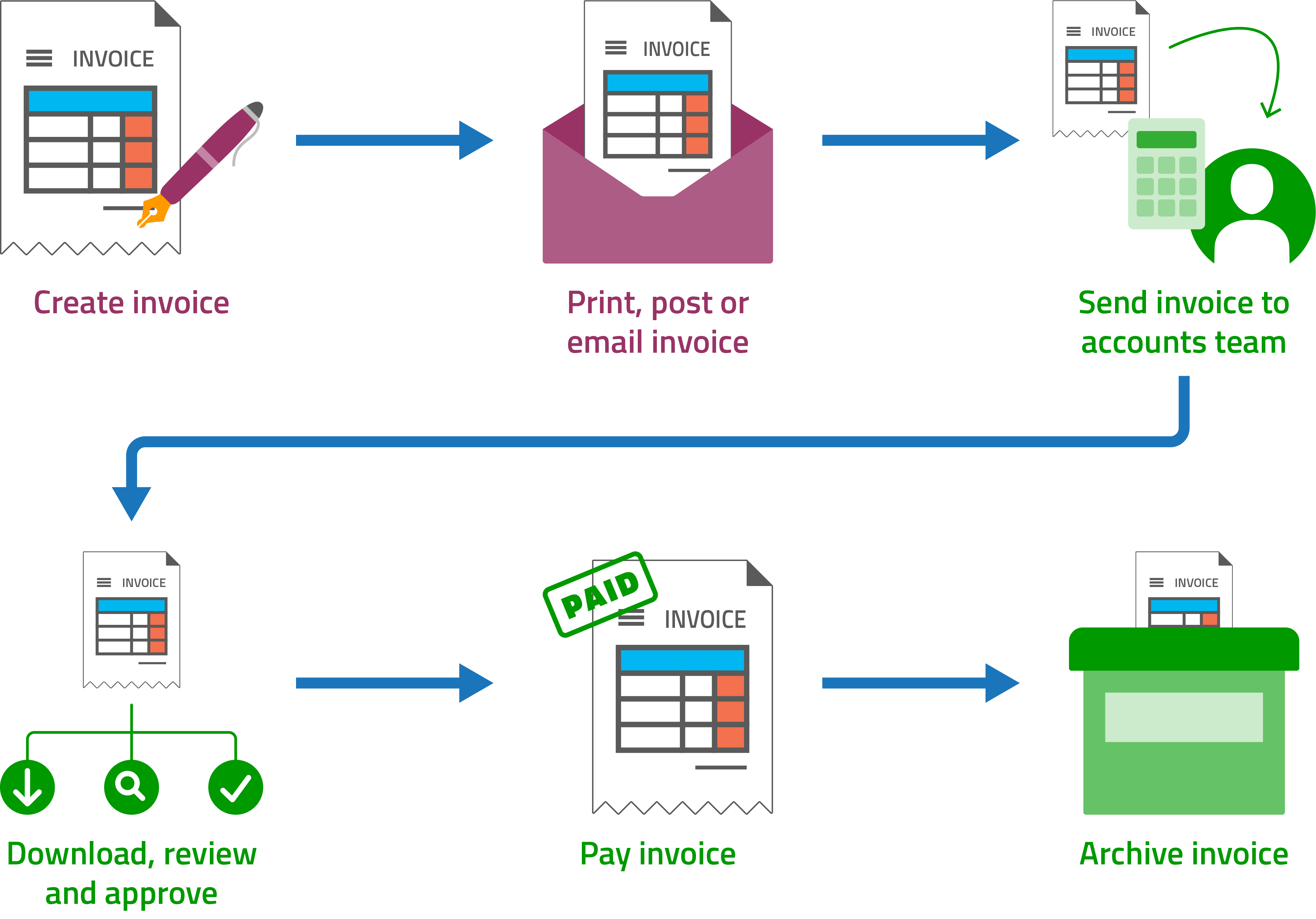Request a call
Chat with one of our experts
Just fill out your details below and we'll be in touch within one business day.
26/03/2020
Just fill out your details below and we'll be in touch within one business day.
20/03/2020
(time it takes to put together email or postage x orders sent x hourly rate)
[vc_column_inner width="1/12" css=".vc_custom_1584660555829{padding-right: 10px !important;padding-left: 10px !important;}"]+
[vc_column_inner width="1/4" css=".vc_custom_1584660670420{padding-right: 0px !important;padding-left: 0px !important;}"]printing related costs
[vc_column_inner width="1/12" css=".vc_custom_1584660587092{padding-right: 10px !important;padding-left: 10px !important;}"]+
[vc_column_inner width="1/4" css=".vc_custom_1584660687060{padding-right: 0px !important;padding-left: 0px !important;}"]postage costs
The cost of suppliers processing the orders incorrectly.[vc_column_inner width="1/4" css=".vc_custom_1584660745420{padding-right: 0px !important;}"]number of orders incorrectly processed
[vc_column_inner width="1/12" css=".vc_custom_1584660555829{padding-right: 10px !important;padding-left: 10px !important;}"]X
[vc_column_inner width="1/4" css=".vc_custom_1584660670420{padding-right: 0px !important;padding-left: 0px !important;}"]time it takes to rectify the incorrect entries
[vc_column_inner width="1/12" css=".vc_custom_1584660587092{padding-right: 10px !important;padding-left: 10px !important;}"]X
[vc_column_inner width="1/4" css=".vc_custom_1584660687060{padding-right: 0px !important;padding-left: 0px !important;}"]hourly rate
Invoices Costs of processing an invoice for payment.[vc_column_inner width="1/4" css=".vc_custom_1584660745420{padding-right: 0px !important;}"]time it takes to enter invoices into software
[vc_column_inner width="1/12" css=".vc_custom_1584660555829{padding-right: 10px !important;padding-left: 10px !important;}"]X
[vc_column_inner width="1/4" css=".vc_custom_1584660670420{padding-right: 0px !important;padding-left: 0px !important;}"]number of invoices
[vc_column_inner width="1/12" css=".vc_custom_1584660587092{padding-right: 10px !important;padding-left: 10px !important;}"]X
[vc_column_inner width="1/4" css=".vc_custom_1584660687060{padding-right: 0px !important;padding-left: 0px !important;}"]hourly rate
Costs of fixing incorrect invoice payments.[vc_column_inner width="1/4" css=".vc_custom_1584660745420{padding-right: 0px !important;}"]Time it takes to fix errors in invoices
[vc_column_inner width="1/12" css=".vc_custom_1584660555829{padding-right: 10px !important;padding-left: 10px !important;}"]X
[vc_column_inner width="1/4" css=".vc_custom_1584660670420{padding-right: 0px !important;padding-left: 0px !important;}"]number of invoice payment errors
[vc_column_inner width="1/12" css=".vc_custom_1584660587092{padding-right: 10px !important;padding-left: 10px !important;}"]X
[vc_column_inner width="1/4" css=".vc_custom_1584660687060{padding-right: 0px !important;padding-left: 0px !important;}"]hourly rate
Warehouse Costs of updating incorrect data[vc_column_inner width="1/4" css=".vc_custom_1584660745420{padding-right: 0px !important;}"]Time it takes to update inventory in system
[vc_column_inner width="1/12" css=".vc_custom_1584660555829{padding-right: 10px !important;padding-left: 10px !important;}"]X
[vc_column_inner width="1/4" css=".vc_custom_1584660670420{padding-right: 0px !important;padding-left: 0px !important;}"]number of orders with incorrect data
[vc_column_inner width="1/12" css=".vc_custom_1584660587092{padding-right: 10px !important;padding-left: 10px !important;}"]X
[vc_column_inner width="1/4" css=".vc_custom_1584660687060{padding-right: 0px !important;padding-left: 0px !important;}"]hourly rate
Once you’ve done that you can use these figures to work out your expected ROI.[vc_column_inner width="1/4" css=".vc_custom_1584660745420{padding-right: 0px !important;}"]Savings
[vc_column_inner width="1/12" css=".vc_custom_1584660555829{padding-right: 10px !important;padding-left: 10px !important;}"]÷
[vc_column_inner width="1/4" css=".vc_custom_1584660670420{padding-right: 0px !important;padding-left: 0px !important;}"](establishment costs + running costs)
* These calculations are to be used as a guide onlyJust fill out your details below and we'll be in touch within one business day.
27/02/2020

 Before getting started with eInvoicing you will need to make sure your software is ready. Here are some things you should ask your invoicing software provider. Your Access Point may need this information to get you setup.
Before getting started with eInvoicing you will need to make sure your software is ready. Here are some things you should ask your invoicing software provider. Your Access Point may need this information to get you setup.
 There are a few things you should think about when looking at Access Point providers. These include:
There are a few things you should think about when looking at Access Point providers. These include:
Just fill out your details below and we'll be in touch within one business day.
27/02/2020
Just fill out your details below and we'll be in touch within one business day.
16/12/2019
 Access Points go through a certification process set by the Peppol framework. It sets out the standards and interoperability requirements for providers. Certification ensures providers have the capability and compatibility to function within the network, to help maintain reliability and stability of the network and manage risks that might damage the trust of the network.
Businesses have two options when it comes to Access Points:
Access Points go through a certification process set by the Peppol framework. It sets out the standards and interoperability requirements for providers. Certification ensures providers have the capability and compatibility to function within the network, to help maintain reliability and stability of the network and manage risks that might damage the trust of the network.
Businesses have two options when it comes to Access Points:
Just fill out your details below and we'll be in touch within one business day.
13/12/2019
Stay up-to-date with industry news, useful blogs and whitepapers, expert tips and more.
28/11/2019
Just fill out your details below and we'll be in touch within one business day.
25/11/2019


Just fill out your details below and we'll be in touch within one business day.
20/11/2019

Stay up-to-date with industry news, useful blogs and whitepapers, expert tips and more.
14/05/2019
 |
|||||
| Buyer manually enters the purchase order in their software | Buyer sends order to supplier via email | Supplier manually enters the purchase order in their software | Supplier manually enters the invoice in their software | Supplier sends invoice to buyer via email | Buyer manually enters the invoice in their software |
 |
|||||
| Buyer enters the purchase order in their software | Purchase order appears in Supplier’s software | Supplier enters the invoice in their software | Invoice appears in Buyer’s software | ||
08/04/2019
 |
|||||
| Buyer manually enters the purchase order in their software | Buyer sends order to supplier via email | Supplier manually enters the purchase order in their software | Supplier manually enters the invoice in their software | Supplier sends invoice to buyer via email | Buyer manually enters the invoice in their software |
 |
|||||
| Buyer enters the purchase order in their software | Purchase order appears in Supplier’s software | Supplier enters the invoice in their software | Invoice appears in Buyer’s software | ||
Stay up-to-date with industry news, useful blogs and whitepapers, expert tips and more.
26/02/2019
SSPs enable the transmission of data from Digital Services Provider (DSP), in other words your software provider, to the ATO.
 |
||
| Your software provider will provide the data required by the ATO | Your SSP transforms and sends the data so it conforms to ATO requirements | Received by ATO for processing |
Our solutions can even send you responses from the ATO for you to keep on top of your reporting obligations.
Want to know how our STP solutions can help you? Speak to one of our experts today or fill out your information here and we will be in touch shortly.NSW Treasury has reappointed MessageXchange to deliver whole-of-government eInvoicing. See how we’re making invoicing faster, safer and simpler in the media release.